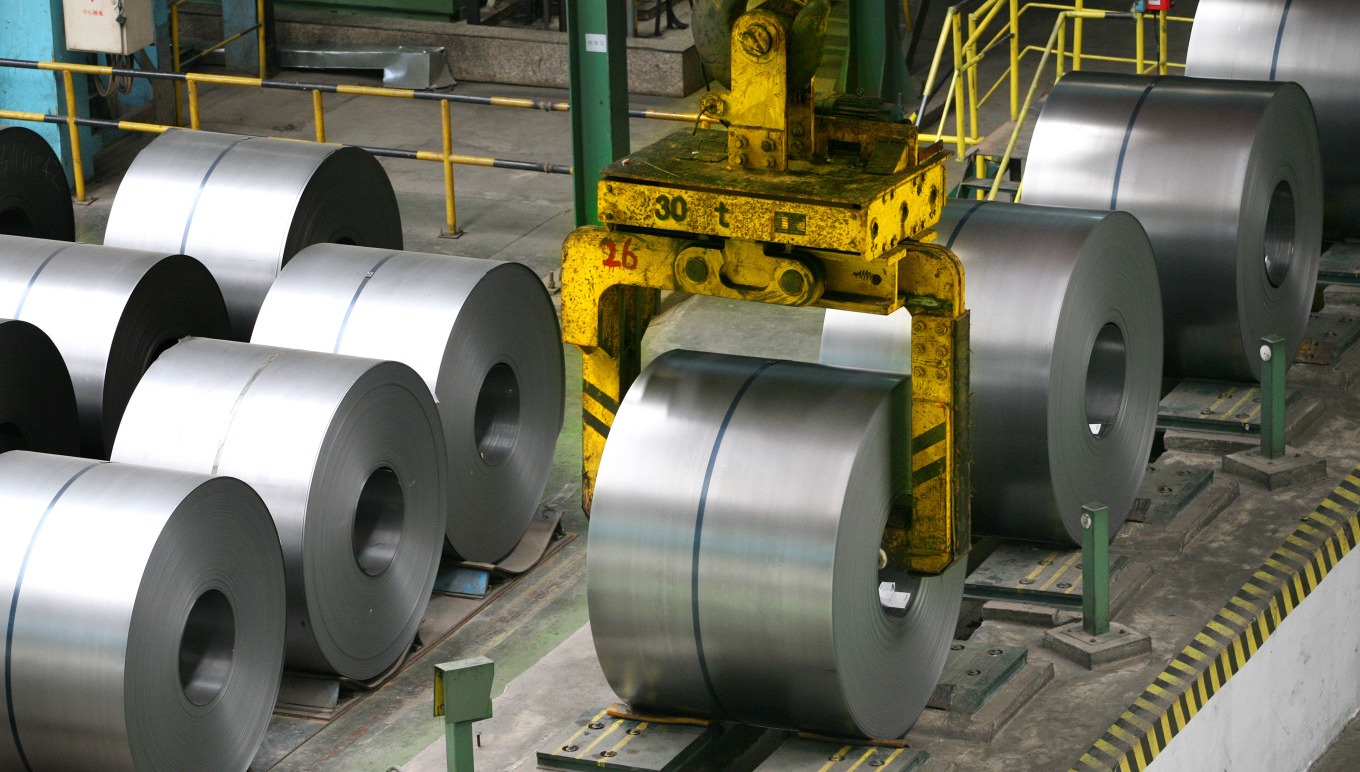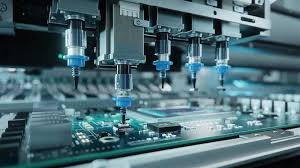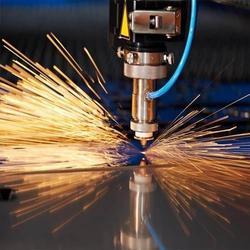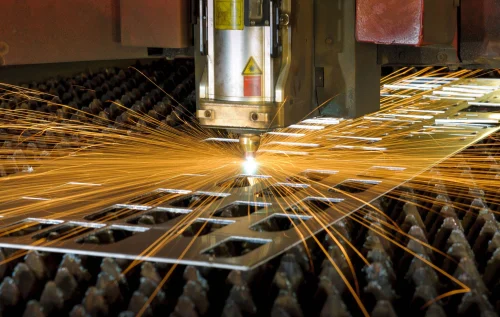Metal Manufacturing: Exploring Processes, Materials, and the Industry’s Future

Metal manufacturing is the core of modern industrial production. It involves a range of processes that transform raw metal materials into parts, structures, and products essential to sectors like aerospace, construction, and electronics. This guide will walk you through the main methods, materials, technologies, and the challenges shaping the future of the industry.
Understanding Metal Manufacturing
At its core, metal manufacturing is about shaping, joining, and finishing metals to create usable items—from car engines to skyscraper frames. Whether the product is simple or complex, the process requires technical expertise, specialized equipment, and often, innovative technologies.
Why Metal Manufacturing Matters
Without metal manufacturing, modern infrastructure, transportation, defense systems, and even consumer electronics wouldn't exist. It's not just a support industry—it's a driver of industrial growth and innovation.
Major Metal Manufacturing Techniques
Casting Methods
Casting allows molten metal to be poured into a mold and shaped as it cools.
Sand Casting
A traditional method using sand molds—cost-effective and suited for large, low-volume parts.
Die Casting
Uses steel molds under high pressure for high-precision, high-volume parts, particularly in automotive and electronics.
Investment Casting
Ideal for producing small, intricate components with high dimensional accuracy.
Forging
Forging reshapes metal using compressive forces, usually under high heat.
Open and Closed Die Forging
Open-die forging is used for large components with simple shapes, while closed-die forging is used for high-precision applications with custom dies.
Machining
Machining involves cutting, drilling, or shaping metal with tools like lathes and mills. CNC machining, in particular, provides high accuracy and automation.
Welding Processes
Welding joins metal parts using heat, pressure, or filler materials. Common methods include MIG, TIG, and arc welding.
Sheet Metal Work
Forming, cutting, and assembling flat sheets of metal into products. Often used in consumer appliances, enclosures, and ducting.
Powder Metallurgy
This method uses powdered metal, compacted and sintered, to form solid components with minimal material loss.
Metal 3D Printing
Also known as additive manufacturing, this builds parts layer by layer and is especially valuable for prototyping and custom components.
Commonly Used Metals
Steel
Highly versatile, affordable, and strong. Used in construction, automotive, and manufacturing.
Aluminum
Lightweight and corrosion-resistant. A key material in aerospace and transportation.
Copper
Excellent conductor of heat and electricity, essential for power systems and electronics.
Titanium
Light and strong, making it ideal for high-performance applications like aerospace and medical devices.
Specialty Alloys
Nickel, cobalt, and other high-performance alloys are used in extreme environments like jet engines and nuclear reactors.
Key Industrial Applications
Aerospace
Requires lightweight, high-strength components that can withstand extreme conditions.
Automotive
Engines, frames, transmissions, and brake systems all rely on precision metal parts.
Construction
Steel beams, supports, and frameworks form the backbone of modern infrastructure.
Electronics
From smartphones to data centers, metals enable conductivity, shielding, and thermal control.
Manufacturing Equipment
Industrial tools and heavy machinery depend on forged, machined, or welded metal parts for durability.
Modern Manufacturing Technologies
CNC and Precision Tools
Computer-controlled machining offers unmatched precision and efficiency.
Robotics and AI in Production
Robots enhance speed and safety, while AI helps optimize operations and quality control.
IoT and Data-Driven Manufacturing
Real-time data from machines enables predictive maintenance and performance optimization.
Simulation and Digital Prototyping
Virtual testing helps manufacturers refine designs and reduce waste before production starts.
Industry Challenges
Cost of Raw Materials
Fluctuating prices for metals like steel and aluminum can affect margins and production planning.
Environmental Pressures
High energy usage and emissions pose regulatory and reputational risks.
Talent Shortage
Many manufacturers face a lack of skilled workers to operate advanced machinery and systems.
Supply Chain Disruptions
Global events and logistical constraints can delay shipments of raw materials or finished parts.
Toward Sustainable Manufacturing
Metal Recycling
Recycling metals like aluminum and steel reduces energy use and costs while preserving natural resources.
Cleaner Production Methods
Processes like electric arc furnaces and water-based cooling systems reduce emissions and environmental impact.
Reducing Energy Use
Investing in energy-efficient equipment and processes helps lower operational expenses and carbon footprints.
The Future Outlook
Smart Factories
Facilities that integrate automation, AI, and IoT to improve responsiveness and efficiency.
Advanced Lightweight Materials
New metal alloys and composites will drive innovation in aerospace, automotive, and defense sectors.
Localized Manufacturing Trends
Decentralized production using additive technologies may bring manufacturing closer to demand centers, improving logistics and reducing time to market.
Conclusion
Metal manufacturing is at the heart of every major industry. As production methods evolve, and sustainability becomes more critical, manufacturers are adapting by embracing smarter systems, advanced materials, and cleaner practices. Staying competitive means staying informed, and this field offers exciting possibilities for those who lead with innovation.
Frequently Asked Questions (FAQs)
1. What is metal manufacturing?
Metal manufacturing refers to the processes used to shape, assemble, and finish metal parts and products for industrial use.
2. Which manufacturing method is most commonly used?
Casting and CNC machining are among the most commonly used techniques due to their flexibility and scalability.
3. What industries rely heavily on metal manufacturing?
Aerospace, automotive, construction, electronics, and heavy equipment industries all rely on metal manufacturing.
4. What are the environmental impacts of metal manufacturing?
Traditional processes can be energy-intensive and produce emissions. However, recycling and green technologies are helping reduce the environmental footprint.
5. How to find the best metal manufacturing company in India?
Start by identifying your exact production requirements. Use platforms like FindingMFG to compare capabilities, certifications, turnaround times, and client reviews. Look for ISO-certified firms with proven experience and modern equipment.
Note: IndiBlogHub features both user-submitted and editorial content. We do not verify third-party contributions. Read our Disclaimer and Privacy Policyfor details.







